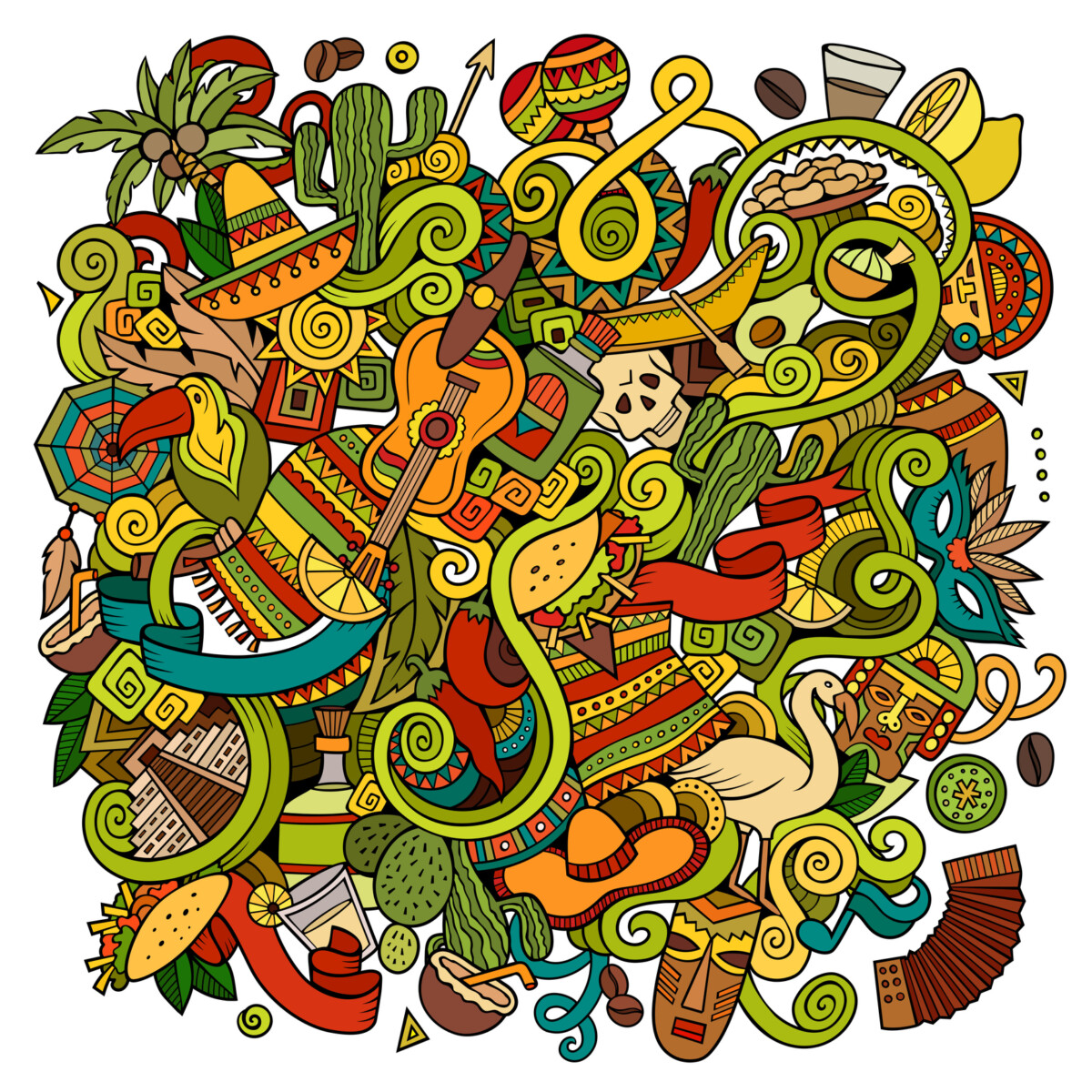What do you think of when you think about Hispanic or Latin heritage?

The brightly colored clothes in a myriad of textures? The music? The food?
All of the above?
As genealogists and family history researchers, of course, we at FamilyTreeDNA think of our employees, group administrators, and customers who have Hispanic ancestry. We also think of the broad gene pool that goes with those origins, as well as our Group Projects which focus on those areas of the world. Here are a few of our geographic Group Projects:
- Iberian Peninsula
- Iberian Ashkenaz
- Sephardic Anusim
- Mexico DNA Project
- Cohen de Mexico
- The We Are Cousins DNA Project
- Colombia DNA
- Costa Rica
- Cuba DNA
- Dominican Origins
- Panama
- Guanches – Canary Isle
In honor of Hispanic Heritage Month, let’s look at the genetic diversity that Hispanic ancestry conveys.
What does “Hispanic” mean?
In general, it refers to those persons with ancestry from Spanish-speaking countries, which is why countries like Brazil and Belize are excluded as they were colonized by Portugal and Great Britain, respectively. But that does not mean you won’t find any Hispanic people there; it simply means that those countries of origin do not meet the U.S. government definition, which includes n. Argentina, Bolivia, Chile, Colombia, Costa Rica, Cuba, Dominican Republic, Ecuador, El Salvador, Equatorial Guinea, Guatemala, Honduras, Mexico, Nicaragua, Panama, Paraguay, Peru, Puerto Rico, Spain, Uruguay and Venezuela.
Keep in mind, though, geopolitical boundaries have changed over the past five hundred years. Additionally, genes have flowed with the people who moved across those borders. As people crossed border lines, they did not magically transform into a different population.
The Origins of Hispanic Genetics
According to FamilyTreeDNA’s population geneticist, Dr. Paul Maier, Hispanic genes cannot be limited to a single profile.
What does that mean?
In general, Hispanic genes reflect three sources:
Europe: Iberian Peninsula, Southern Europe,
Africa: Northern Africa, Canary Islands
Americas and Caribbean: numerous indigenous populations (referred to in Family Finder’s myOrigins as Amerindian).
European Hispanic Origins
According to Dr. Maier, “Many Latino populations emerged from founder events (bottlenecks) ages ago, which makes them very distinct and makes Latinos as a whole not a homogenous group. … Many Y chromosomes suggest middle eastern ancestry, possibly from exiled Sephardic Jews, Moors, etc., or perhaps from earlier Roman times.”
“One cool example,” Maier said, “is the Honduran Garifuna who are thought to be descendants of a shipwreck off St. Vincent in the 1600s, who mixed with local Caribs, and then eventually made it to Central America.”
“And there is the whole history of the Converso (Sephardic) Jews,” he added.
Jews were expelled from Spain and Portugal in the 1400s, with some becoming – or having already become “conversos” or “crypto-Jews”, professing one religion in public while attempting to hold on to the practices of their traditional faith in secret. The Sephardic diaspora extends well into the Caribbean and Latin America.
African Influence on Hispanic DNA
The Iberian Peninsula is a mix, with the northern regions including Scandinavian or Celtic ancestry, while the southern peninsula more strongly connects to the Moors of Northern Africa. According to a study published in 2013, Southwestern Europeans, i.e. Spain, Italy, and Greece) have between four and 20 percent of their genome from North Africa as compared to two percent in Southeastern Europeans. The northern peninsula reflects the influence of Celts and other invaders from Northern Europe.
Hispanic Genetics from the Americas

Dr. Maier also noted that “Latinos”, a term which generally refers to Hispanics from the Americas, tend to have “sex-biased ancestry” (based on patterns on the X and Y chromosomes, and in mitochondrial DNA), due to predominantly male European gene flow into the female indigenous population in the 15th century.”
Dr. Miguel Vilar, former lead scientist for National Geographic’s Genographic Project, agrees about the heterogeneous nature of Hispanic populations and adds that as native populations were reduced or eradicated, men were disproportionately more likely to be killed by the conquerors than women, which means that fewer of their Y lineages survived over time.
Hispanic Autosomal DNA
The breakdown of percentages depends on how many generations back the Hispanic ancestors are found. Autosomal DNA divides in half each generation as you go back in time, so some ancestors’ DNA gets shuffled out of the mix.
Autosomal DNA also recombines, which means all the autosomal DNA inherited from each parent is a mixture of the blended DNA they received from their parents. If any of those parents were from distinct populations, the resulting blend is called admixture. That combination of populations, or admixture, includes ancestral origins that may not be Hispanic if some ancestors were not from Hispanic origins.
That’s where Y and mtDNA come in, since they neither divide with each generation nor do they recombine and pick up genetic information from ancestors off their direct lines.
Because children were often born to the union of invading men and Amerindian women, the Y-DNA haplogroup (which follows the father’s father’s father’s line) often traces back to Europe, Africa, or the Middle East, while the mitochondrial haplogroup (which follows the mother’s mother’s mother’s line) reflects the indigenous origins. Occasionally a tester will have those origins switched, with a European mtDNA haplogroup and an indigenous Y haplogroup, and sometimes we find individuals who have Amerindian haplogroups for both Y and mtDNA.
Hispanic Y-DNA
For Y-DNA, Y haplogroups that are under Q-M3 or C-P39 originated in the Americas. European Y haplogroups typically include subclades of haplogroups R and I, while haplogroup E indicates African origins, and haplogroup J points to the Middle East. Even haplogroup G, typically associated with the Caucasus region, can be found in Hispanic populations.
Hispanic mtDNA
With mtDNA, certain subclades of haplogroups A, B, C, D, and X (not to be confused with the X chromosome) are indigenous in origin, and anything other than those subclades indicates the maternal line came from outside of the Americas.

General Observations on Hispanic Genetics
Drs. Maier and Vilar provided some general observations about admixture from Hispanic or Latin populations. These are broad estimates, and they are not tied to any specific person.
- Puerto Ricans – about 10-11% Amerindian, 25% African plus Southern European regions
- Caribbean – South American Amerindian, two different waves of African (West, then later West Central), and distinctly bottlenecked European signature from Southern Europe.
- Dominicans – 60% African in contrast to the other side of the island, Haiti, which usually shows 80%+ African)
- Mexicans generally have lower African populations, with the exception of Veracruz.
- Mexican and Ecuadorians have the most Amerindian, whereas Caribbeans have the most African.
Dr. Vilar mentioned that most historical accounts were written by the conquerors, for example Spain, which means written accounts can be biased, in part because many indigenous populations did not have written language, but also because that’s simply part of being the victor – telling the story the way they wanted it to be remembered, making them look good.
“We’re all inherently biased,” said Dr.Vilar.
“Genealogy, and genetic genealogy, can be a tool to break down those biases, some of which were handed down from our ancestors.”
If you would like to have your DNA tested to trace your Hispanic origins through genetic genealogy, you can order a Y-DNA, an mtDNA, or a Family Finder test today to get started. Make sure once you test, you join one of our group projects to continue exploring your ancestry.

I wonder why the article doesn’t mention anything about the Hispanics in countries in South America such as: Uruguay, Argentina, Paraguay, Chile, Bolivia, Peru and Colombia.
Hello Claudia,
Thank you so much for bringing this to our attention. You are so right. We are aware that South American countries are an important part of Hispanic heritage. We should’ve done more to incorporate those countries into this blog. We have made sure to add a list of all South American Hispanic countries.
We also have another blog scheduled for next month that will expand the definition of “American” and “Hispanic” and we look at what geopolitical boundaries did to indigenous populations.
Hopefully you’ll be able to check out that article as well!